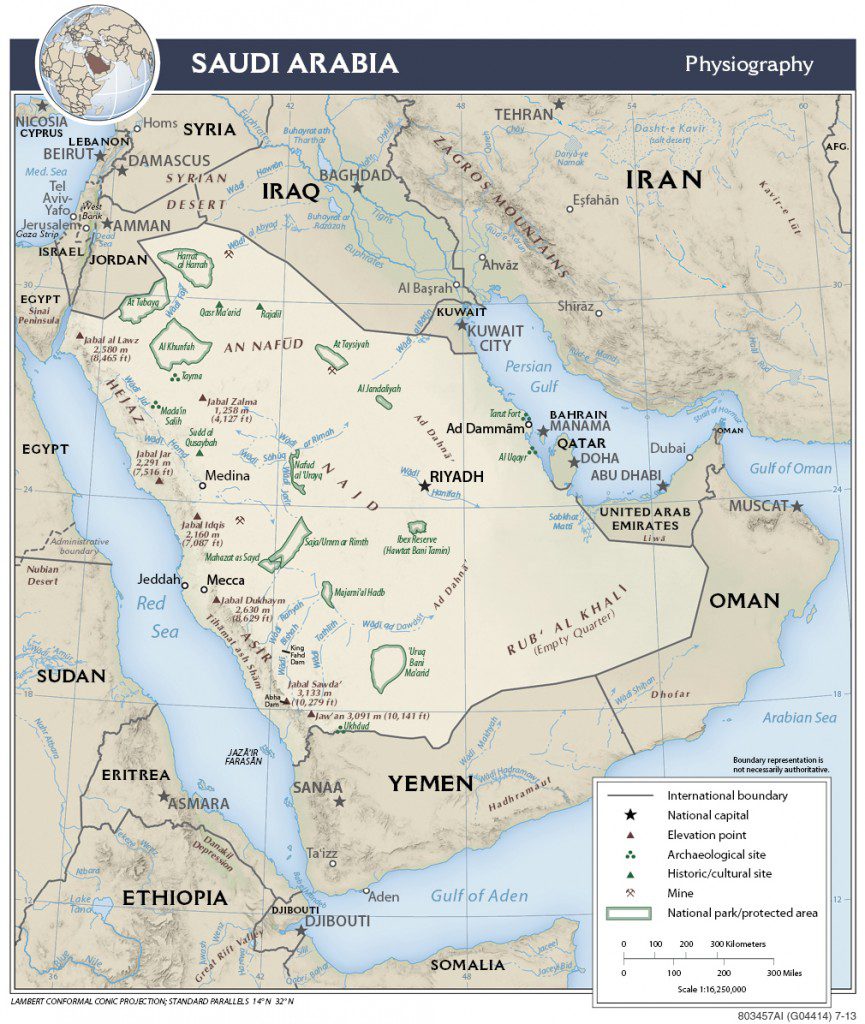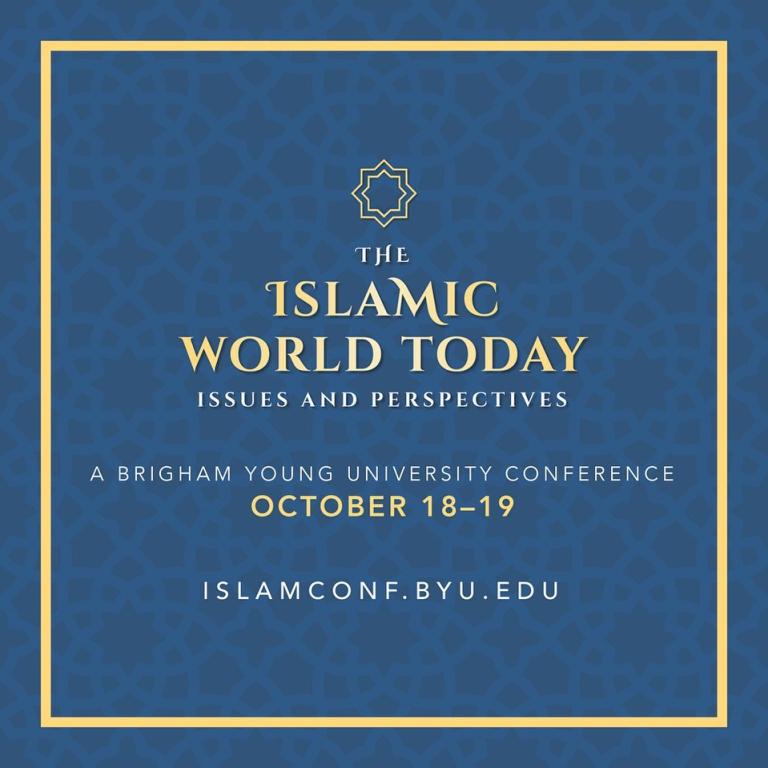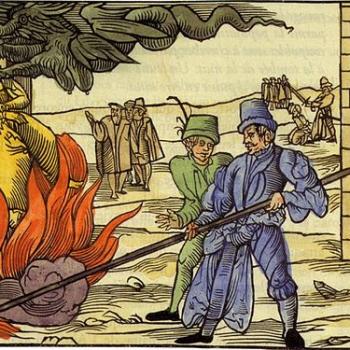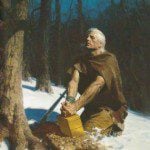
(Wikimedia Commons public domain image)
***
Neal Rappleye published a potentially very significant article today in Interpreter: A Journal of Latter-day Saint Faith and Scholarship:
“An Ishmael Buried Near Nahom”
Abstract: Latter-day Saint scholars generally agree that “the place called… Nahom,” where Ishmael was buried (1 Nephi 16:34) is identified as the Nihm tribal region in Yemen. Significantly, a funerary stela with the name y s1mʿʾl — the South Arabian equivalent of Ishmael — was found near the Nihm region and dated to ca. 6th century bc. Although it cannot be determined with certainty that this is the Ishmael from the Book of Mormon, circumstantial evidence suggests that such is a possibility worth considering.
***
And here are links to five articles that were published in a previous volume of Interpreter:
Abstract: Three times in his narrative Mormon recounts the Lord’s oracle (revelation) to Mosiah II regarding his sons undertaking a mission among the Lamanites (Mosiah 28:7, Alma 17:35, and Alma 19:23). In all three instances, the Lord’s promises of deliverance revolve around the meaning of the name Mosiah (“Yahweh is Deliverer” or “Yahweh is Savior”), emphasizing that the Lord (Hebrew yhwh) himself would act in his covenant role as môšîaʿ in delivering Mosiah’s sons, and sparing Ammon in particular. In two of the iterations of the oracle, Mosiah 28:7 and Alma 19:23, we find additional wordplay on the name Ammon (“faithful”) in terms of “many shall believe” (Hebrew yaʾămînû) in the first instance and ʾĕmûnâ (“faith,” “faithfulness”) in the latter. In Alma 19:23 the Lord also employs an additional wordplay on his own name, Yahweh (Jehovah), to emphasize his ability to bring to pass his promises to Mosiah regarding Ammon.
Brant A. Gardner, “Joseph Smith’s Translation Projects under a Microscope”
Review of Producing Ancient Scripture: Joseph Smith’s Translation Projects in the Development of Mormon Christianity, edited by Michael Hubbard MacKay, Mark Ashurst-McGee, and Brian M. Hauglid (Salt Lake City: University of Utah Press, 2020). 544 pages with index. Hardback, $70. Paperback $45, eBook $40.
Abstract: Producing Ancient Scripture is a collection of sixteen detailed essays with an introduction by the editors. This is the first such collection that examines the greater range of Joseph Smith’s translation projects. As such, it is uniquely positioned to begin more sophisticated answers about the relationship between Joseph Smith and both the concept of translation and the specific translation works he produced.
Abstract: David Seely provides a wide-ranging survey of interpretations of the prophecy in Deuteronomy 18:15–18 concerning “a prophet like unto Moses.” He examines relevant passages in the Book of Mormon, the Bible, and the Dead Sea Scrolls and shows how the prophecy has been fulfilled by Jesus Christ and others, continuing with Joseph Smith’s role in the Restoration and onward to the present day.
[Editor’s Note: Part of our book chapter reprint series, this article is reprinted here as a service to the LDS community. Original pagination and page numbers have necessarily changed, otherwise the reprint has the same content as the original.
See David R. Seely, ““A Prophet Like Moses” (Deuteronomy 18:15–18) in the Book of Mormon, the Bible, and the Dead Sea Scrolls,” in “To Seek the Law of the Lord”: Essays in Honor of John W. Welch, ed. Paul Y. Hoskisson and Daniel C. Peterson (Orem, UT: The Interpreter Foundation, 2017), 359–74. Further information at https://interpreterfoundation.org/books/to-seek-the-law-of-the-lord-essays-in-honor-of-john-w-welch-2/.]
Cherry B. Silver, “Christmas as Devotional: A Time of Commitment”
Abstract: Christmas is more than a time for celebrations and traditions — it is an occasion to remember the blessings and miracles in our lives. From the joy of friends and family to the peace inspired by devotion and dedication Christmas offers us a time to marvel at the mercies of God; let us remember the holier anthems of the season.
Andrew C. Skinner, “Medieval Christian Views of Hebrew as the Language of Magic”
Abstract: The view of Hebrew as a language of magic, for which precedents can be discerned in the Bible and in rabbinic tradition, spilled over into early and medieval Christianity. Andrew Skinner adroitly explores the material and theological history of this trajectory, showing how this contributed to the emergence of Christian Kabbalah in the sixteenth century.
[Editor’s Note: Part of our book chapter reprint series, this article is reprinted here as a service to the LDS community. Original pagination and page numbers have necessarily changed, otherwise the reprint has the same content as the original.
See Andrew C. Skinner, “Medieval Christian Views of Hebrew as the Language of Magic,” in “To Seek the Law of the Lord”: Essays in Honor of John W. Welch, ed. Paul Y. Hoskisson and Daniel C. Peterson (Orem, UT: The Interpreter Foundation, 2017), 375–412. Further information at https://interpreterfoundation.org/books/to-seek-the-law-of-the-lord-essays-in-honor-of-john-w-welch-2/.]
***

I would like to call your attention to a major conference that will be held on the campus of Brigham Young University during this coming week:
As a timely exploration of one of the world’s great religious traditions, this conference seeks to help the BYU campus understand Islam in greater depth. This event will take place in the Hinckley Center and is free and open to the public. It will also be live-streamed, which can be viewed by going to https://islamconf.byu.edu/.
You can also read about the conference schedule and about those who will be participating in it at the link given just above. The conference has been planned and in the works for at least a couple of years.
***
Finally, it’s fashionable in some circles to disparage members of the Church of Jesus Christ of Latter-day Saints as MORmONS and to refer to residents of my adopted home state as Utards. There are some reasons, however, to dispute such labels. And this article might supply one or two:















